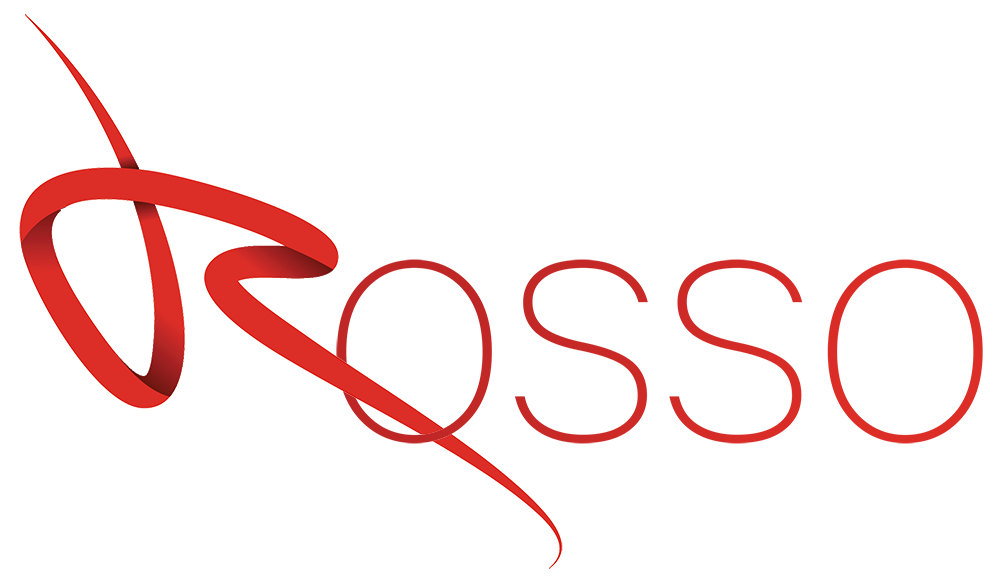Interior design is a field that thrives on creativity and innovation. It is the art of transforming a space into a functional and aesthetically pleasing environment. But what does it mean to be creative in interior design? And how can one unlock their creative potential in this field?
Creativity is not just about coming up with unique ideas, but also about finding new perspectives and approaches to design challenges. It is about pushing boundaries and thinking outside the box. In interior design, creativity is essential to create spaces that are not only visually appealing but also functional and tailored to the needs of the occupants.
One way to unlock creativity in interior design is by seeking inspiration from various sources. This could be through visiting art galleries, attending design exhibitions, or simply exploring different cultures and their design styles. By exposing oneself to different ideas and concepts, one can expand their creative horizons and develop a unique design perspective.
Another important aspect of unlocking creativity in interior design is the ability to think critically and analytically. It is not enough to have a great idea; one must also be able to justify and explain their design choices. This requires a deep understanding of design principles, spatial relationships, and the psychology of space. By honing these skills, one can elevate their designs and create spaces that truly resonate with the occupants.
Collaboration is also key to unlocking creativity in interior design. By working with other professionals such as architects, contractors, and artisans, one can tap into their expertise and gain fresh insights. Collaborative brainstorming sessions can lead to innovative solutions and spark new ideas. Additionally, involving clients in the design process can bring a different perspective and help create spaces that are personalized and meaningful.
Flexibility and adaptability are essential traits for a creative interior designer. Design trends and client preferences are constantly evolving, and it is important to stay updated and embrace change. Being open to new ideas and willing to experiment with different materials, colors, and textures can lead to unexpected and exciting design outcomes.
Lastly, it is important to give oneself the freedom to take risks and make mistakes. Not every design idea will be a success, but failure is a valuable learning opportunity. Embracing a growth mindset and being willing to step out of one’s comfort zone can lead to breakthrough designs and innovations.

